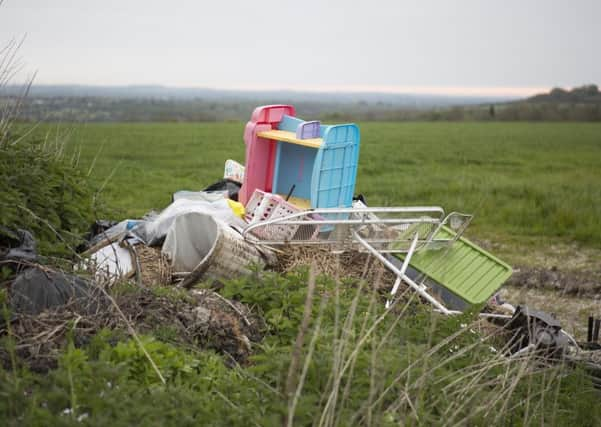Number of reported flytipping incidents in Aylesbury Vale more than doubled last year according to new figures


There were 785 incidents in the Vale in 2016/17, compared to 357 in 2015/16, costing taxpayers £79,250.
Newly-released figures from DEFRA revealed that more than one million incidents of fly-tipping were dealt with by councils in England in 2016-17, costing taxpayers nationally £58m to clear up.
Advertisement
Hide AdAdvertisement
Hide AdNeighbouring Milton Keynes was the second worst hit district in the whole of the South East with £4,120, with taxpayers hit hardest in the pocket in the city than in any other part of the region - as fly-tipping costs £317,856 to tackle.
The DEFRA figures only account for flytipping incidents on council land, not private land leading to a warning from insurance expert Alan Sinclair that the figures are not a true reflection of the cost of flytipping.
He said: “Farmers who fall prey to this crime are having to shoulder the burden, responsible for meeting the cost of clearing rubbish from their land themselves – at an average cost of £1,000 per incident.
“Farmers are well aware of this issue and are saddened by the visual impact it has on the countryside they maintain, as well as it being a nuisance and inconvenience when trying to get on with their normal, daily jobs.
Advertisement
Hide AdAdvertisement
Hide Ad“However, I don’t think that farmers are as aware that, should they fail to deal with incidences of flytipping on their land and it leads to environmental damage, they could be held liable under the Environmental Protection Act 1990.
“With many authorities looking at introducing charges for bulky waste and organic waste collections and charging for dumping waste at council-run tips, there is a fear that flytipping incidents on farmland will increase.”